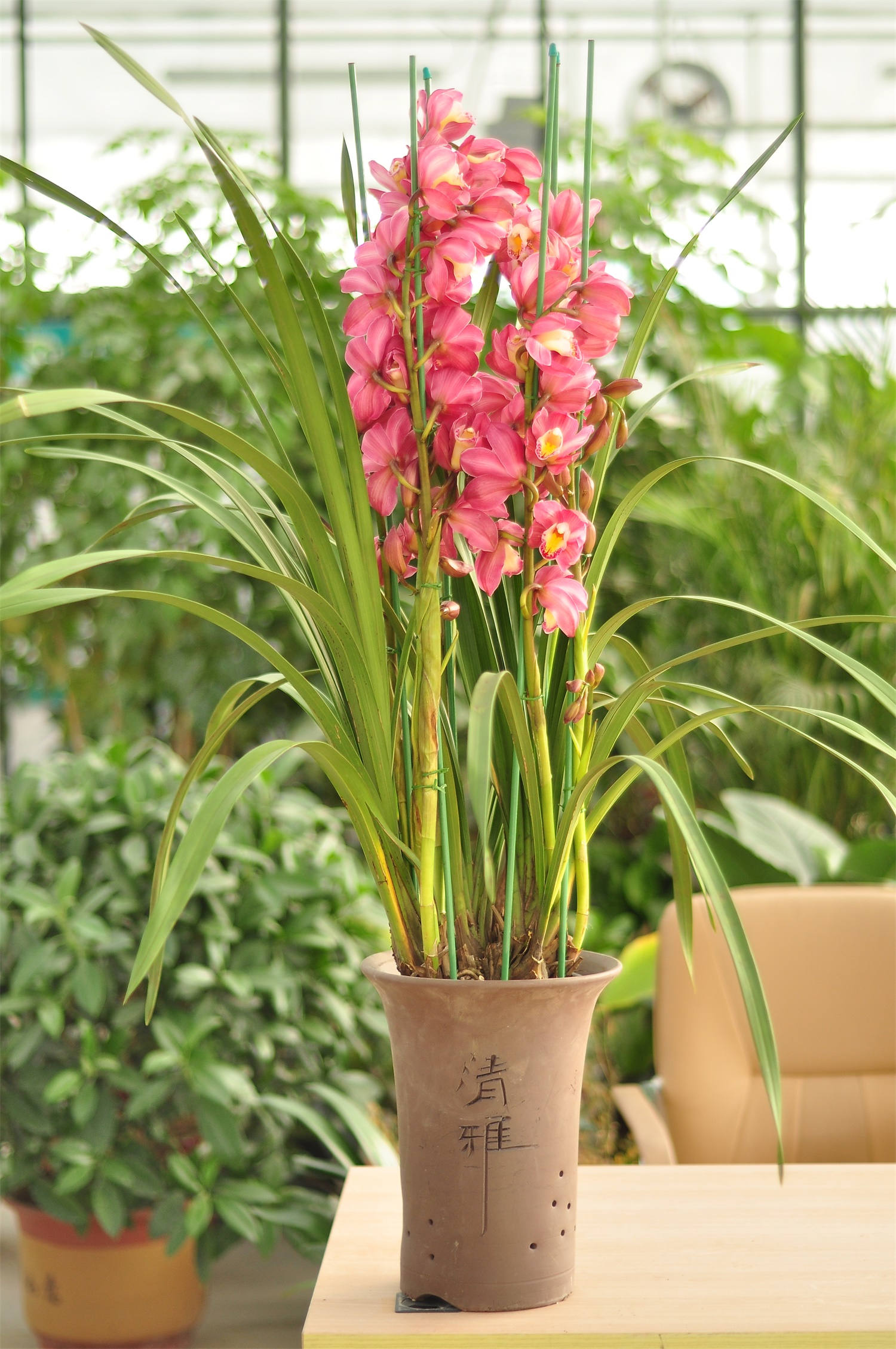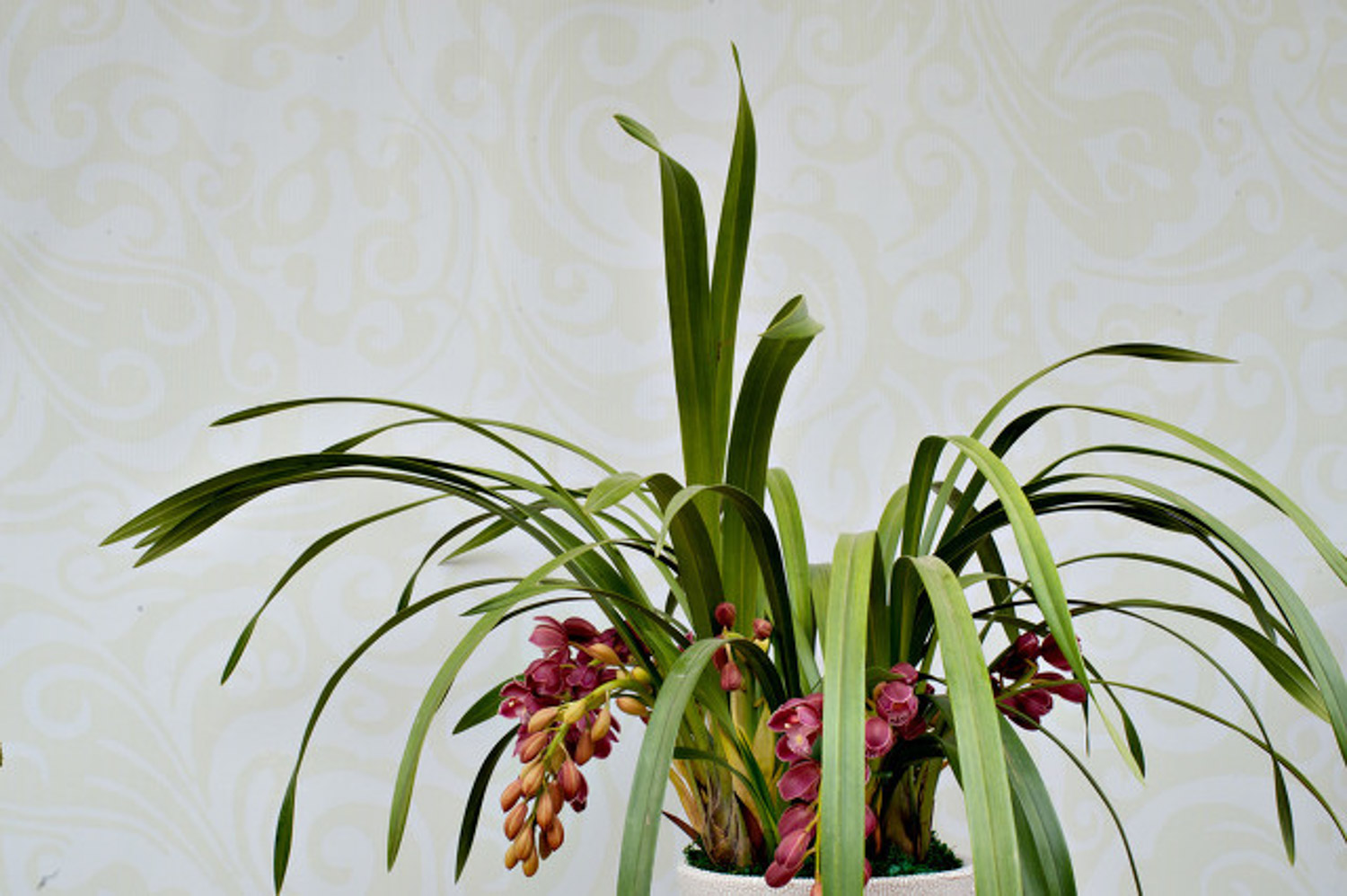1、 Soil
It is most suitable for planting in loose sandy soil. It can be mixed with some peat soil or peat soil and rotten leaf soil. In this way, it has good air permeability, strong drainage capacity and certain soil fertility. When changing pots, it is recommended to select flowerpots with good air permeability such as clay pots

2、 Environment
When you first buy it back, you should give it a comfortable environment and do a good job in indoor ventilation. It needs some scattered light, try not to let the sun shine directly, and do a good job of shading in summer. In autumn, you can contact more sunshine, which is conducive to the formation of flower buds, and reserve more nutrition for overwintering. It is better to keep the temperature between 10-25 ℃ during curing, and it is better to have a larger temperature difference between day and night. The temperature at night should not be too high, which will cause the flowers to wither or not bloom

3、 Watering
It has fleshy roots, so it has a certain moisturizing property. So don't pour too much water when you first buy it. When watering, it's best to spray water often. Don't pour it directly with a large amount of water to avoid soil ponding and rotten roots. Moreover, from December to April, the water evaporation is slow, and there is no need to pour too much water. It can be mainly sprayed with water
4、 Fertilization
Don't fertilize when you first buy it. When replacing a new basin, a thin layer of fertilizer can be paved at the bottom as the base fertilizer and as the fertilizer before the growth period. When growing vigorously, it should be watered with thin fertilizer every ten days. Fertilization can even be carried out once a week in spring and summer, and nitrogen, phosphorus and potassium fertilizer is the best


 how many times do yo...
how many times do yo... how many planted tre...
how many planted tre... how many pine trees ...
how many pine trees ... how many pecan trees...
how many pecan trees... how many plants comp...
how many plants comp... how many plants can ...
how many plants can ... how many plants and ...
how many plants and ... how many pepper plan...
how many pepper plan...





























